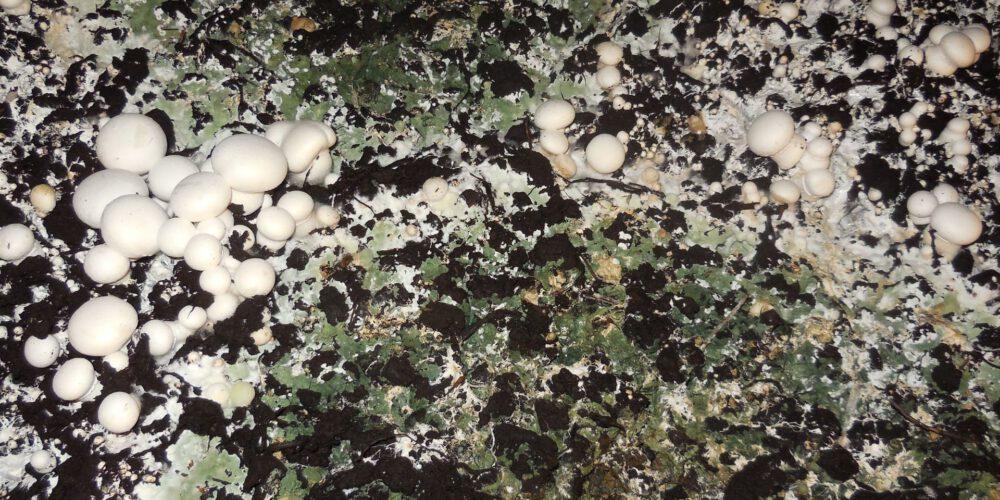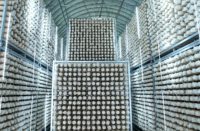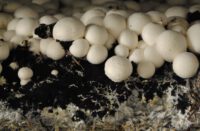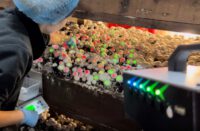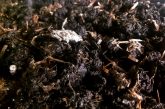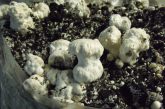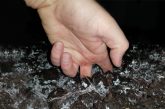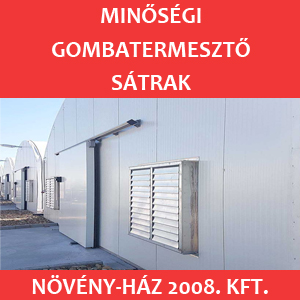Recently, more grower have asked that green mold appeared in their mushroom farm, what can they do? We try to summarize the information.
The first really big epidemic occurred in 1985 in Northern Ireland, then in Ireland and England. Since then, many European states have been affected with minor or major infections. Green mold as a collective term belongs to several mold species: the Trichoderma koningii is T. viride, T. harzianum and the most intensively, epidemic T. aggressivum. Two new species of Trichoderma have recently been described in T. pleurotum and T. pleuroticola. In addition to the Trichoderma genus, some species of Aspergillus and Penicillium appear as green mold patches.
What causes it?
The appearance of green molds can be caused by an external infection. But often the poor quality of compost, the inadequately composted raw material. Or the excessively high temperature used during the incubation, transport, casing soil incubation cause the spread of mold. Most often, the appearance of this dangerous pathogen is only recognized when it appears in the compost or on the surface of the casing soil. These green spots are sporadic colonies of mold, when they appear the light white vegetative mycelium of mold is totally and deeply colonized the raw material. At this point, we don’t have much opportunity to defend… Trichoderma species are able to infect the compost so intensely that they destroy 100% of the mushroom mycelium.
A good indication of the presence of green mold may be the presence of red pepper mites (Pygmephorus sellnicki) in cultivation. Because mites live together with the green mold. So if we see mites, we can be sure that the green mold is present in the compost.
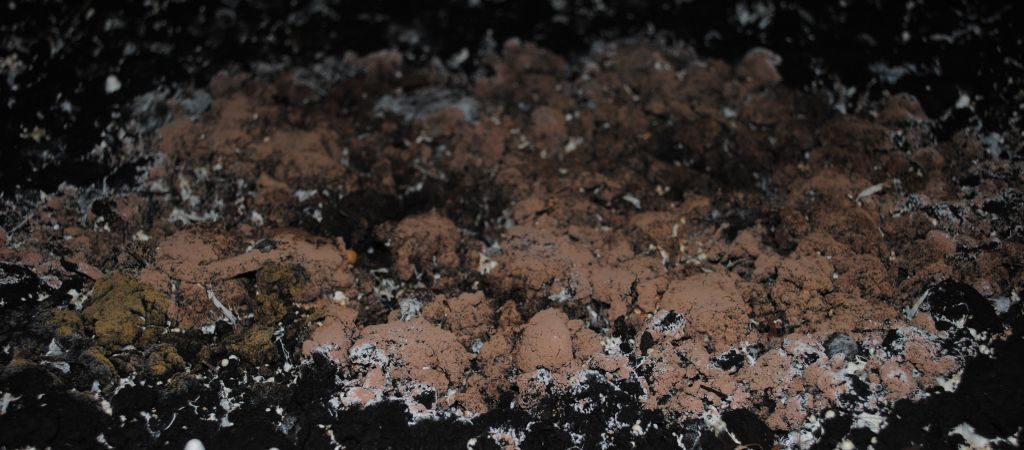
The general opinion is that prevention is the only effective tool to fight against green mold infection. This means that we use reliable, high-quality compost in cultivation and we fully comply with the hygiene regulations of mushroom farms. Billions of Trichoderma spores are produced, which are easy to spread with the tools. Also with machines, by the hands, shoes, or clothes of the workers, and the mushroom flies are also carry the tiny spores, that stick to their feet.
If we see a green mold infection on the surface of compost, casing soil, the most important task is to isolate the infection. In the case of the champignon mushroom, cover the patch on the surface of the casing with a wet paper towel and sprinkle with salt, 2-3 cm thick. Some growers suggest the spraying of green mold spot with a low-concentration hypocloride solution.
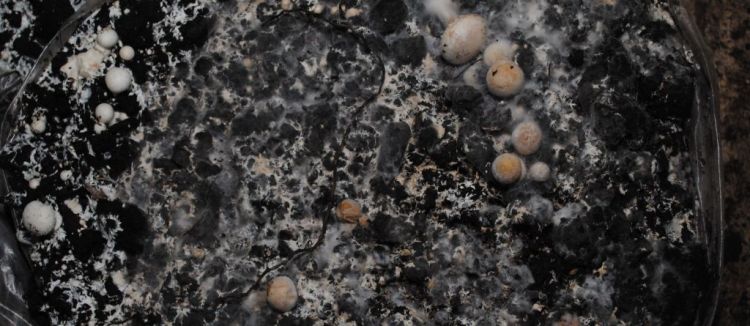
Pleurotus cultivation also in danger?
In the oyster mushroom (Pleurotus) cultivation is the easiest thing to separate the infected blocks and seal the perforations on the infected patches with adhesive tape. Thus creating unfavorable conditions for the green mold, giving a chance to the oyster mushroom to “outgrow” the infection. If the green mold is widespread on the blocks, the most we can do is to throw it away as far as possible from the farmhouse.
If it is clear that the infection is larger, the entire stock should be discarded and the growing room should be disinfected together with the tools and working clothes. For disinfection, the previously known agents (e.g., 1% Virocid) can be used or we can cook out the growing room. Cook out means steaming at 70-80 ° C, at least 6, but more preferably for 12 hours.
The concordant opinion of the experts is that the only really effective way to completely disinfect mushroom houses is steaming. The cooking out the growing rooms. There is no chemical on the market that could compete with the efficiency of cooking out.


